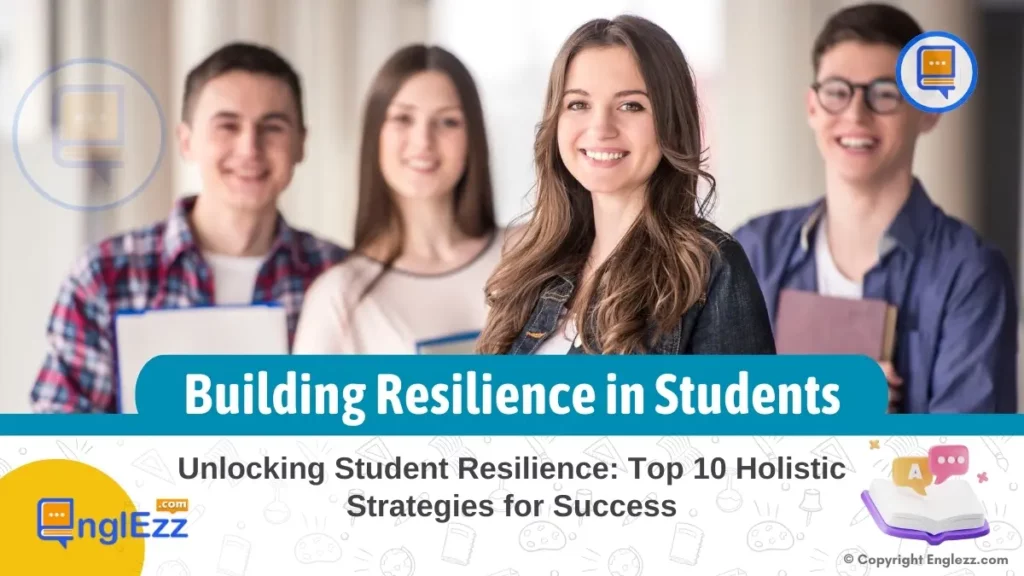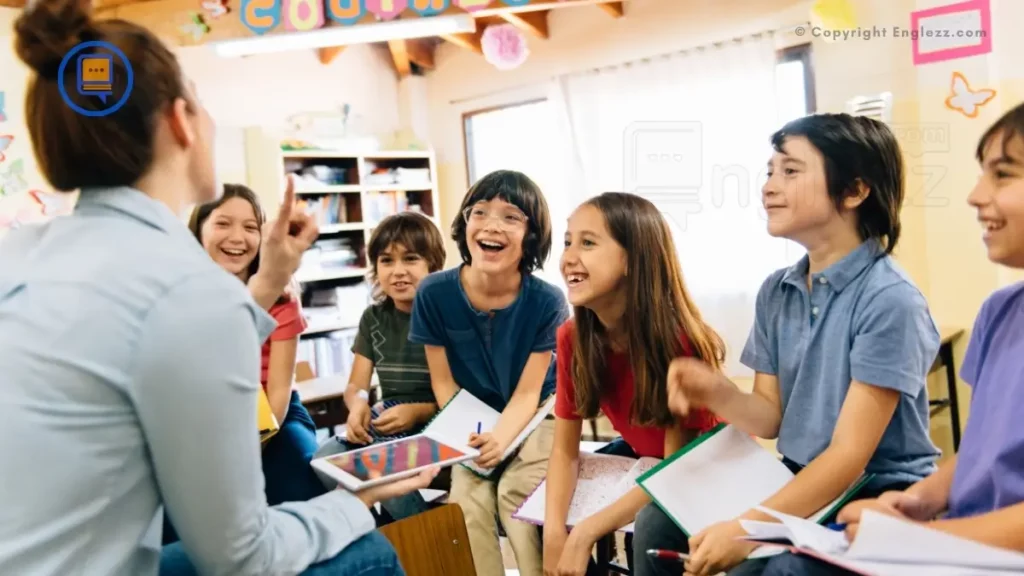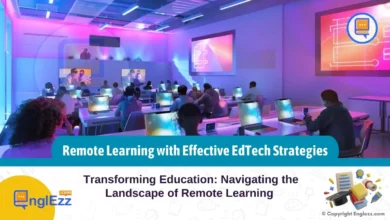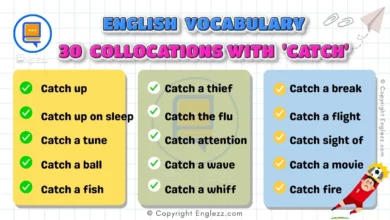In the intricate tapestry of a student’s academic journey, resilience stands as a beacon of strength and endurance, guiding young minds through challenges and setbacks. The ability to bounce back from adversity, embrace failure as a stepping stone to growth, and navigate complexities with unwavering determination is not just a trait but a skill that can be nurtured and cultivated. Understanding the pivotal role resilience plays in student development unlocks a world of possibilities where obstacles become opportunities for personal advancement and self-discovery.
Table of Contents
- Building Resilience in Students
- Teaching Coping Mechanisms
- Fostering A Growth Mindset
- Promoting Positive Self-talk
- Building Supportive Relationships
- Promoting Self-Care Practices
- Cultivating Problem-Solving Skills
- Engaging in Mindfulness Activities
- Creating Resilience-Building Curricula
- Collaboration Among Educators
- Recognizing Students’ Achievements
- Empowering Students Through Resilience
Building Resilience in Students
Embracing this holistic perspective on unlocking student resilience unveils seven transformative strategies that go beyond the traditional realms of education. These strategies are not merely tools but pillars of support that fortify students’ emotional well-being, instill confidence in their abilities, and ignite a passion for lifelong learning. By delving into these innovative approaches, educators, school administrators, and parents can foster environments where resilience flourishes organically, shaping resilient individuals who are equipped to tackle the ever-evolving challenges of the modern world.

Join us on this enlightening journey as we explore how the fusion of empathy, perseverance, mindfulness, and self-care crafts an educational landscape brimming with resilient learners ready to conquer any obstacle in their path.
Teaching Coping Mechanisms
Empowering students with effective coping mechanisms is a crucial aspect of enhancing resilience in the face of challenges. Educators play a pivotal role in equipping students with practical tools to navigate stressors and setbacks. By incorporating activities that promote self-awareness, emotional expression, and regulation, teachers can create a safe space where students feel supported in exploring their feelings. For example, implementing mindfulness exercises or journaling prompts can help students identify their emotions and develop healthy coping strategies. Encouraging open dialogue about emotions also fosters a sense of trust and community within the classroom.
Moreover, teaching coping mechanisms extends beyond mere skill-building; it entails instilling a deeper understanding of mental well-being in students. By emphasizing the importance of mental health and destigmatizing discussions around emotions, educators contribute to creating a culture of empathy and self-care within educational settings. Providing resources such as relaxation techniques or breathing exercises empowers students to proactively manage stress and anxiety. By integrating coping skills into daily routines, educators lay a foundation for long-term resilience that extends beyond academic success.
In addition, promoting self-awareness and emotional regulation techniques offers students valuable tools for handling various life situations constructively. Educators can guide students in recognizing triggers that induce stress or negative emotions and teach them how to respond adaptively. Through real-life scenarios or role-playing activities, students can practice applying coping mechanisms in practical contexts. By fostering these skills early on, educators not only help students cope with current challenges but also prepare them for future adversities they may encounter outside the classroom. Ultimately, by prioritizing emotional well-being alongside academic growth, educators set the stage for holistic student development rooted in resilience.
Fostering A Growth Mindset
Fostering a growth mindset is crucial in unlocking student resilience and empowering them to navigate challenges with confidence. Educators play a vital role in cultivating this mindset by encouraging students to view setbacks as opportunities for growth rather than insurmountable obstacles. One effective strategy is to showcase real-life examples of individuals who have demonstrated perseverance and grit in the face of adversity. By highlighting the stories of resilient figures like Malala Yousafzai, who persisted in advocating for girls’ education despite facing immense opposition, students can understand the transformative power of resilience.
Promoting Positive Self-talk
Promoting positive self-talk is another powerful tool for developing a growth mindset among students. Encouraging them to replace negative self-perceptions with affirming and constructive internal dialogues can significantly impact their approach to challenges. By fostering an environment where self-compassion is valued and resilience is celebrated, educators create a supportive space for students to develop a strong sense of self-efficacy. Through consistent reinforcement and gentle guidance, teachers can help students reframe setbacks as valuable learning experiences that contribute to their personal and academic growth.
Moreover, instilling the belief that intelligence and abilities are not fixed traits but can be developed through effort and dedication is fundamental to nurturing a growth mindset. By emphasizing the process of learning rather than just focusing on outcomes, educators empower students to adopt a proactive attitude towards overcoming obstacles. Teaching problem-solving skills hand in hand with promoting resilience cultivates a holistic approach to student development, equipping them not only with academic tools but also with invaluable life skills essential for thriving in an ever-changing world. Ultimately, by fostering a growth mindset, educators ignite a passion for continuous learning and self-improvement in students, laying the foundation for sustained success and well-being.
Building Supportive Relationships
Supportive relationships play a pivotal role in nurturing student resilience and well-being. Educators, parents, and administrators all contribute to creating a safe and encouraging environment where students feel valued and supported. By fostering empathetic connections with students, educators can lay the foundation for resilience by demonstrating care and understanding. Active listening becomes a powerful tool in this process, allowing educators to tune into individual student needs and concerns, thereby building trust and rapport.

Parents also hold a vital position in fostering resilience through supportive relationships. By offering emotional support, encouragement, and guidance, parents can help their children navigate challenges with greater confidence. Open communication channels between parents and teachers further strengthen the support network around the student, facilitating a holistic approach to resilience-building. Administrators play a crucial role in setting the tone for a nurturing school environment where every stakeholder is committed to supporting student growth beyond academic achievements.
Empathy acts as a cornerstone in these relationships, enabling all parties involved to understand the unique struggles and strengths of each student. This empathetic approach allows educators, parents, and administrators to respond appropriately to students’ emotional needs while providing them with the space to express themselves authentically. A culture of empathy not only instills resilience but also fosters a sense of belonging and connectedness within the educational community, reinforcing students’ sense of self-worth and confidence in facing life’s challenges.
Promoting Self-Care Practices
In the fast-paced world of education, it’s crucial to emphasize the importance of self-care practices among students. Educating them about the significance of establishing self-care routines not only nurtures their overall well-being but also equips them with essential life skills for managing stress and maintaining a healthy balance in their lives. By encouraging students to prioritize self-care, educators empower them to navigate challenges with resilience and fortitude. For instance, incorporating mindfulness exercises into daily classroom routines can help students center themselves amidst academic pressures, fostering mental clarity and emotional stability.
Furthermore, promoting healthy habits that contribute to physical, emotional, and mental well-being is integral to unlocking student resilience. From emphasizing the benefits of regular exercise and adequate sleep to advocating for healthy eating habits, educators play a pivotal role in instilling wellness practices that support students’ holistic development. By stressing the correlation between physical health and academic performance, students are motivated to adopt habits that enhance both their personal vitality and educational outcomes.
Finding the delicate balance between academic demands and personal care is a key lesson in nurturing resilience among students. Teaching young learners to recognize when they need moments of rest or relaxation amid their studies cultivates self-awareness and self-compassion. By normalizing breaks as essential components of productivity rather than signs of weakness, educators create an environment where students feel encouraged to prioritize self-care without guilt or hesitation. Ultimately, by integrating self-care practices into educational settings, we not only equip students with vital tools for managing stress but also inspire them to cultivate a lifelong habit of prioritizing their well-being alongside their academic pursuits.
Cultivating Problem-Solving Skills
In developing resilient students, cultivating problem-solving skills plays a pivotal role. By equipping students with effective strategies to tackle challenges independently, educators empower them to navigate the complexities of academic and personal setbacks. Encouraging critical thinking not only sharpens analytical abilities but also enhances the capacity to devise innovative solutions when faced with obstacles. For instance, incorporating hands-on activities like puzzle-solving in mathematics classes or group projects that simulate real-world problems can foster resourcefulness and adaptability among students.
Moreover, instilling a sense of creativity in problem-solving approaches amplifies resilience by encouraging students to think outside the box. By fostering an environment that values diverse perspectives and unconventional solutions, educators stimulate students’ ability to overcome hurdles with ingenuity rather than sticking to conventional methods. Imagine a classroom scenario where students are presented with a complex ethical dilemma and are encouraged to brainstorm various solutions that consider multiple viewpoints – this exercise not only sharpens their critical thinking but also nurtures empathy and open-mindedness.
Furthermore, providing students with real-life scenarios to practice decision-making can significantly enhance their problem-solving skills. By immersing them in situations that mirror authentic challenges they may encounter beyond the classroom, educators prepare students to apply logical reasoning and strategic thinking in practical contexts. This approach bridges the gap between theoretical knowledge and its application in everyday life, empowering students to approach uncertainties with confidence and composure. For example, engaging students in case studies relevant to current societal issues prompts them to analyze complexities, make informed decisions, and articulate reasoned arguments – vital skills for cultivating resilience amidst adversity.
Engaging in Mindfulness Activities
In the quest for developing resilience in students, engaging in mindfulness activities emerges as a powerful tool to equip learners with essential mental and emotional skills. Introducing mindfulness practices early on can lay a solid foundation for students to navigate challenges with clarity and composure. By incorporating simple breathing exercises or short meditation sessions into daily routines, educators can create moments of calm amidst the hustle and bustle of academic life. Imagine beginning each class with a brief mindfulness activity where students focus on their breath – this not only sets a peaceful tone but also primes students to be present and focused throughout the lesson.
Furthermore, integrating mindfulness exercises into classroom activities can transform traditional learning environments into spaces that prioritize holistic well-being alongside academic achievement. For example, incorporating mindful coloring breaks during study sessions or encouraging quiet reflection before exams can help alleviate student anxiety while enhancing concentration levels. By emphasizing the benefits of mindfulness beyond stress reduction, educators empower students to nurture self-awareness, emotional regulation, and empathy – essential elements of resilient individuals who can adapt to various situations with grace.
Highlighting the numerous advantages of mindfulness on both mental and emotional wellness is crucial in showcasing its significance in student development. Not only does practicing mindfulness reduce stress levels, but it also enhances cognitive functions like memory retention and problem-solving abilities. Students who engage in regular mindfulness activities often exhibit improved focus, better impulse control, and increased resilience when facing obstacles. By underscoring the transformative effects of mindfulness practices in fostering emotional stability and building mental resilience, educators inspire students to adopt these techniques not just as remedies for stress but as lifelong skills that contribute to their overall growth and success academically and personally.
Creating Resilience-Building Curricula
In today’s fast-paced and ever-evolving educational landscape, designing curricula that not only focus on academic content but also foster essential life skills such as resilience is paramount. By weaving resilience-building components into the fabric of education, educators can empower students to navigate challenges with confidence and adaptability. Imagine a science lesson where students learn about the concept of resilience in materials, understanding how certain structures withstand external forces—a metaphor for their own ability to bounce back from setbacks. By infusing such real-world connections, students not only grasp academic concepts but also internalize valuable life lessons.
Collaboration Among Educators
Collaboration among educators is key to creating a comprehensive approach to building resilience in students. By working across subjects, teachers can reinforce the importance of resilience consistently throughout various disciplines. For instance, a history teacher might explore stories of resilient figures who overcame adversities, while an art teacher encourages self-expression and creativity as avenues for resilience development. Through this interdisciplinary collaboration, students receive reinforcement and practical application of resilient behaviors from multiple perspectives, enriching their overall learning experience.

Aligning learning outcomes with holistic student growth objectives ensures that the development of resilience becomes a central goal within the educational framework. By setting clear objectives that address not only academic success but also personal growth and well-being, schools can signal the importance placed on nurturing resilient learners. For example, establishing specific criteria for assessing students’ ability to overcome obstacles or demonstrating perseverance can encourage a shift in focus towards character development alongside traditional academic achievements. This intentional alignment reinforces the message that building resilience is foundational to future success, both inside and outside the classroom.
Recognizing Students’ Achievements
Recognizing students’ achievements and efforts plays a pivotal role in nurturing resilience and bolstering their confidence. By celebrating accomplishments, whether big or small, educators create a positive reinforcement loop that motivates students to persist through challenges. Instead of solely focusing on end results, acknowledging the hard work and dedication that went into achieving those outcomes instills a sense of pride and self-worth in students. For instance, a teacher praising a student for putting in extra effort to improve their grades can boost the student’s morale and encourage them to continue striving for success.
Implementing reward systems that highlight persistence and dedication can further solidify the importance of continuous effort. For example, creating a recognition program where students who consistently demonstrate resilience are publicly acknowledged can inspire others to follow suit. By showcasing examples of perseverance and resilience, students learn that setbacks are an intrinsic part of growth and development. This approach not only fosters a culture of resilience within the classroom but also equips students with the mindset needed to navigate future challenges with confidence.
Moreover, by shifting the focus from mere outcomes to the processes and struggles behind them, educators teach valuable lessons about grit and determination. Recognizing the journey towards success emphasizes the significance of resilience-building behaviors such as problem-solving, adaptability, and courage in overcoming obstacles. When students feel seen and appreciated for their hard work, they are more likely to internalize these values as they progress through their academic journey. Ultimately, by valuing efforts alongside achievements, educators pave the way for a resilient generation capable of facing adversity with strength and optimism.
Empowering Students Through Resilience
As we conclude our exploration of unlocking student resilience through holistic strategies, it becomes abundantly clear that empowering students to navigate the challenges of their educational journey is not just a goal; it is a mission. By equipping them with coping mechanisms, fostering growth mindsets, building supportive relationships, promoting self-care practices, cultivating problem-solving skills, engaging in mindfulness activities, and creating resilience-building curricula – educators, administrators, and parents collectively hold the key to nurturing resilient learners.
Through this holistic lens, we acknowledge the power of empathy, perseverance, and self-awareness in shaping students’ ability to bounce back from setbacks and thrive amidst adversities. By celebrating achievements, acknowledging efforts, and emphasizing the value of resilience over mere success metrics, we pave the way for a generation of learners who embrace challenges as opportunities for growth rather than barriers to success. Let us continue our journey in education with a shared commitment to unlocking the full potential of every student through the transformative power of resilience.









🌟 Discover the transformative power of nurturing student resilience with holistic strategies at [Building Resilience In Students: A Holistic Perspective: 📚🌱Empower students to conquer challenges and thrive. Follow & like for more inspiring content!
.
https://www.englezz.com/building-resilience-in-students
.
#StudentResilience #Empowerment #HolisticStrategies #EducationJourney #GrowthMindset #SelfCare #ProblemSolvingSkills #MindfulnessActivities
🌱📚 🌟 Empower students to conquer challenges, thrive, and follow for more uplifting content!
Dive into the transformative journey of nurturing student resilience with holistic strategies at Building Resilience In Students: A Holistic Perspective:
.
https://www.englezz.com/building-resilience-in-students
.
#StudentResilience #Empowerment #HolisticStrategies #EducationJourney #GrowthMindset #SelfCare #ProblemSolvingSkills #MindfulnessActivities 🌍📖 Let’s create a resilient community together!